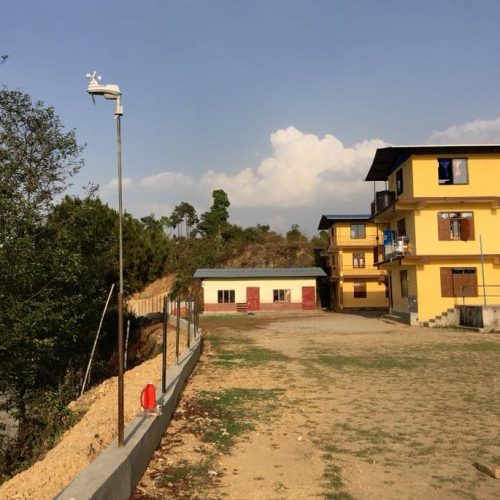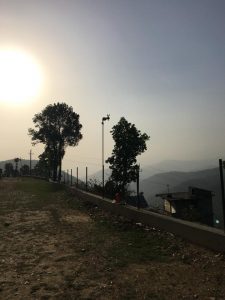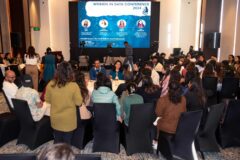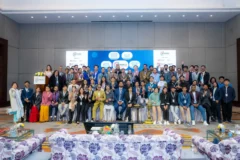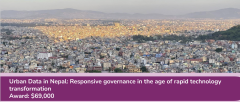
Tool – Smart Analysis of Government Data
February 1, 2018
Announcing Open Data Day Nepal 2018, 3rd March, Patan Durbar Square and Museum
February 23, 2018Collecting and sharing open weather data
Partner: Rooster Logic
To pilot an approach aimed at improving the accuracy, usefulness, supply and use of weather data, the D4D Program supported Rooster Logic to collect and open up hyper-local weather data.
Currently in Nepal, there is limited real-time weather data, and only a few weather stations are present in the entire country. This leads to weather predictions being inaccurate and inaccessible, which has its own consequences for farmers who have no access to free or accurate weather data for planning, and for insurance companies who do not have accurate data to build in weather predictions for their crop insurance products, limiting its supply. Long-term weather data is therefore essential for crop planning and management, adopting new farming techniques and adapting agricultural practices to climate change. Access to such information and data will benefit the farmers in planning, and also help insurance companies build appropriate crop insurance packages for the farmers to benefit from.
As an awardee of the Open Data Innovation Fund, the D4D Program supported Rooster Logic to establish real time collection of weather data through the use of reasonably priced weather sensors. These weather sensors were installed in six communities across Nepal and provided weather data at eight-seconds intervals inclusive of temperature, wind speed, wind direction, humidity, and rainfall. All the raw data collected from these sensors are then made available online in an open format for the public to access through a user-friendly website. Understanding the lack of digital literacy amongst the farming population of Nepal, Rooster Logic also trained 6 sukarmi leaders (female community leaders) to read the data and inform the farmers accordingly, helping relay weather information to farmers.
Once a reasonable amount of weather data is collected, Rooster Logic will make use of predictive analysis to develop weather data packages to inform insurance companies on suitable crop insurance policies. Through this project, Rooster Logic hopes to demonstrate the innovative combination of technology and open data to influence policy makers to replicate the model across the country.

